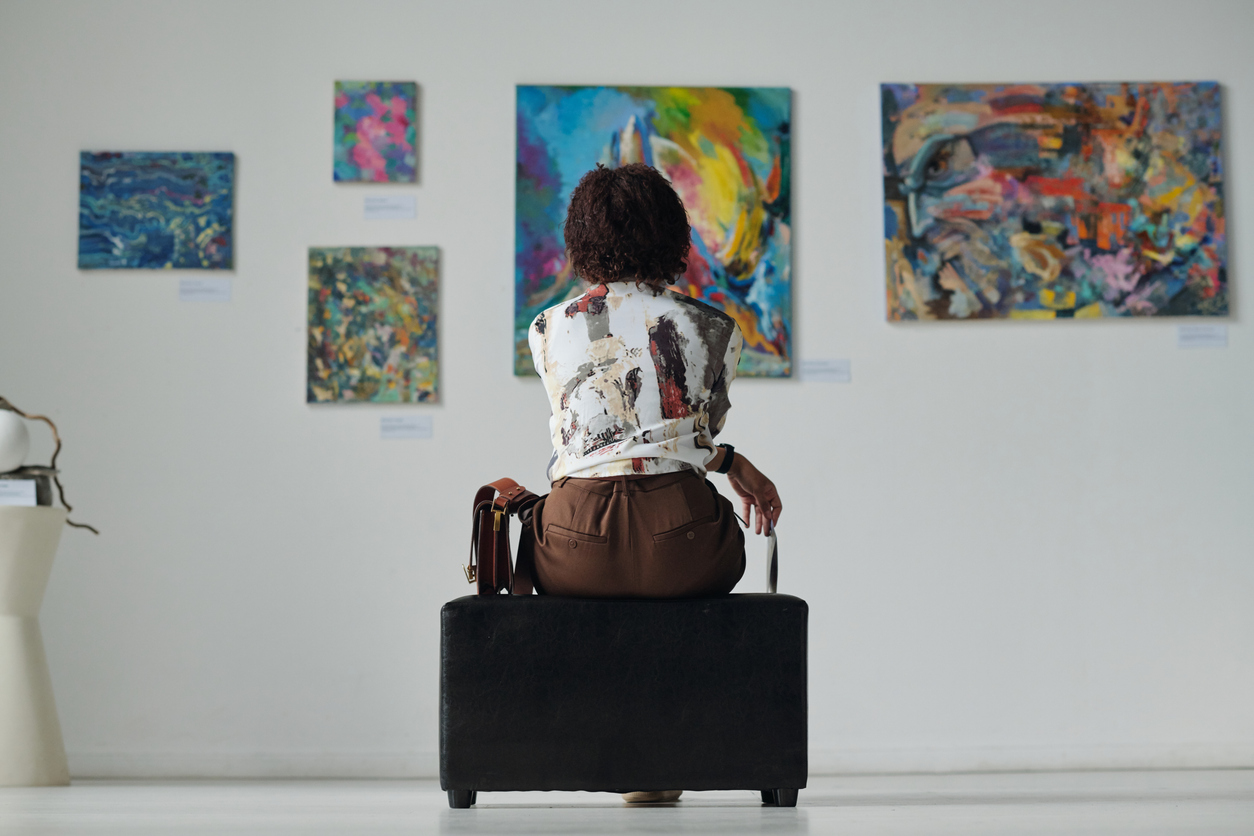
Art has been a fundamental aspect of human culture for thousands of years, serving as a medium of expression, communication, and reflection. Whether it’s a painting, sculpture, performance, or installation, art holds the power to teach us valuable lessons about ourselves, our society, and the world around us. Art serves as a profound teacher and can enrich our lives, but many of us have a hard time understanding why.
Understanding History and Culture
Art is often a window into the past, offering insights into the beliefs, values, and experiences of different cultures and eras. Historical artworks such as Indigenous petroglyphs, Renaissance paintings, and contemporary murals allow us to glimpse the lives of people who came before us. These pieces often encapsulate societal norms, struggles, and triumphs, helping us understand how human civilization has evolved.
For instance, the Group of Seven, a collective of Canadian landscape painters, captured the natural beauty of the country while fostering a sense of national identity. Their work reflects Canada’s relationship with its environment and provides a cultural touchstone that remains relevant today.
Fostering Emotional Intelligence
Art often evokes strong emotions, encouraging us to explore and understand our feelings in a safe and reflective manner. By engaging with art, we can develop empathy and emotional intelligence. A painting of a sorrowful figure, a powerful spoken word performance, or an evocative piece of music can help us connect with emotions we might not fully understand or experience directly.
Moreover, art provides a space for catharsis. It allows individuals to process emotions, whether they are creating or consuming art. The universality of human emotions expressed in art reminds us that we are not alone in our struggles or joys.
Encouraging Critical Thinking
Art often challenges viewers to think critically about the world. Abstract and conceptual art, in particular, can provoke questions and invite multiple interpretations. For example, a piece like Marcel Duchamp’s “Fountain” redefined the concept of art itself, asking audiences to question what constitutes artistic value and who gets to define it.
By interpreting and analyzing art, we hone our critical thinking skills. This ability to engage with complex ideas and diverse perspectives extends beyond art appreciation, equipping us with tools to navigate real-world challenges.
Inspiring Creativity and Innovation
Art inspires creativity by demonstrating the boundless potential of human imagination. Witnessing the work of visionary artists can motivate us to think outside the box in our own endeavours, whether in the workplace, at school, or in our personal lives. Art pushes boundaries, showing us that innovation often lies in challenging the status quo.
Take, for example, the impact of digital art and multimedia installations. These modern forms demonstrate how technology and art intersect, offering new ways to express ideas and engage audiences. The innovative spirit of art teaches us that progress often comes from embracing change and experimenting with new ideas.
Promoting Social Awareness and Advocacy
Art has long been a tool for social change, raising awareness about critical issues and inspiring collective action. From Picasso’s “Guernica,” which depicted the horrors of war, to the murals of Canada’s cities addressing environmental and social justice issues, art has the power to amplify marginalized voices and spark meaningful conversations.
In Canada, Indigenous art plays a vital role in reconciliation efforts. The works of artists like Kent Monkman confront colonial histories and encourage dialogue about Indigenous identity and resilience. Through art, we can better understand social injustices and our roles in creating a more equitable world.
Enhancing Mental Well-Being
Engaging with art has proven therapeutic benefits. Whether you’re creating art or simply observing it, the experience can reduce stress, promote mindfulness, and improve overall mental health. Many people find solace in visiting galleries, attending performances, or participating in community art programs.
Art therapy, a structured form of using creativity for mental health, has gained recognition as an effective treatment for various conditions, including anxiety and PTSD. The act of creating can be meditative, providing a sense of control and accomplishment that promotes emotional healing.
Celebrating Diversity and Human Connection
Art is a universal language that transcends borders and barriers. It allows us to appreciate diverse perspectives and celebrate the richness of human experiences. By engaging with art from different cultures and communities, we can broaden our understanding of the world and foster connections with others.
For example, exploring the vibrant works of Canadian artists of different backgrounds—from Indigenous creators to immigrants—highlights the multifaceted nature of Canada’s cultural identity. Art reminds us of our shared humanity, even in the face of our differences.
Art is much more than a decorative element; it is a profound teacher and a source of wisdom. It educates us about history, fosters emotional intelligence, inspires creativity, and promotes social awareness. By engaging with art, we not only enrich our own lives but also contribute to a more empathetic, innovative, and connected society.
With the winter weather preventing us from doing many of the things outside that we would normally do in warmer weather, perhaps it’s time to visit a museum near you. It’s the perfect opportunity to take a moment to reflect on what art might be teaching you. The lessons it holds could be transformative.
